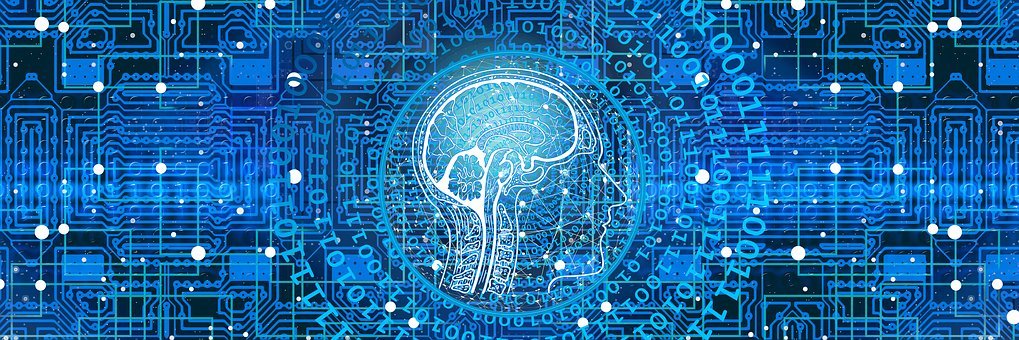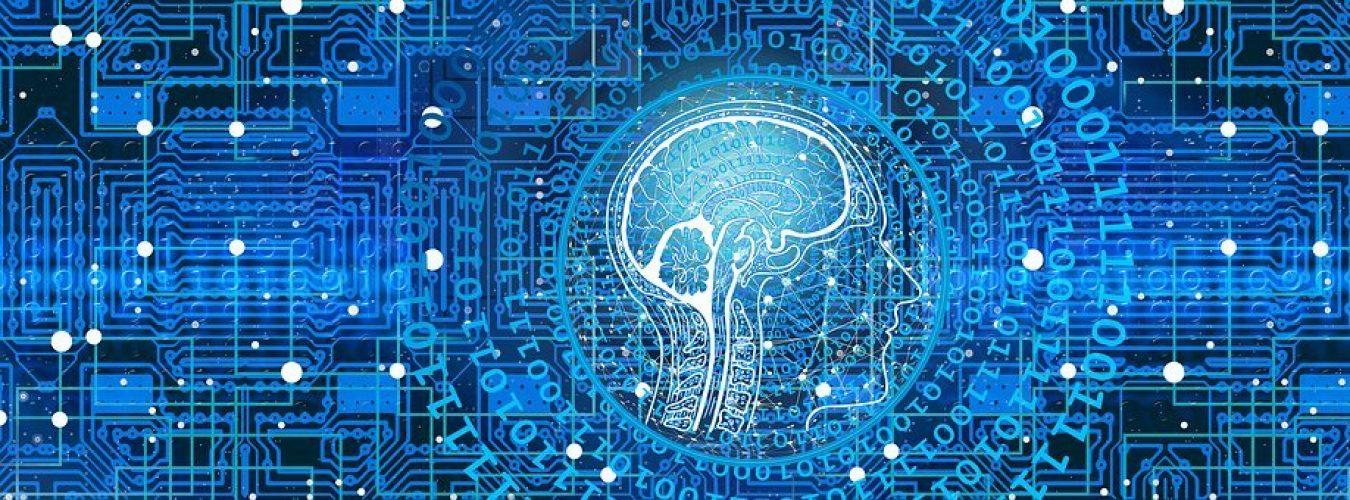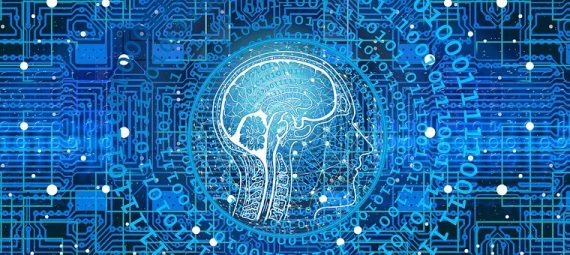Mammography is the usual technique to diagnose a woman with breast cancer. However, this method is very dangerous and a risk. Now I read AI can help us. It moved me to tears.

Mammography is a method, using radio waves to diagnose women with breast cancer. Women who turn 40 are often told that they should have a mammography every second year. Great! That helps to prevent cancer and death from cancer, right? Well, perhaps it is not as great as it’s been decelerated for years now. Tow reason for that:
- Every 100th out of 1000 women is falsely diagnosed with cancer through a mammograph. These women experience shock and endless mental pain. They fear their lives and the lives of their loved ones. How do I know? Well, I experienced something similar, but more from that later on. Because of the false diagnosis, some women go through traumatic chemotherapy, when they are perfectly healthy.
- This point is controversial, but mammography could cause cancer instead of fighting it. How? Well, the constant radiation of the breast tissue might activate sleeping cancer cells.
I am surely not saying that mammography is all bad, but wouldn’t it be too nice if there was any alternative? Well, a study from 2018 says: “Our review of the literature first explored infrared digital imaging, which assumes that a basic thermal comparison between a healthy breast and a breast with cancer always shows an increase in thermal activity in the precancerous tissues and the areas surrounding developing breast cancer”.
Meaning there might be a method to detect breast cancer by analyzing the thermal activity of the breast. But that’s not everything.
A more recent study in Norway shows that Deep Learning models can help with the diagnosis of mammograph screenings:
“The dataset included 752 cancers detected at screening and 205 interval cancers, or cancers detected between screening rounds. The AI system predicted the risk of cancer on a scale from 1 to 10, with 1 representing the lowest risk and 10 the highest risk. A total of 87.6% (653 of 752) of screen-detected and 44.9% (92 of 205) of interval cancers had the highest AI score of 10”.
The AI was competing against a standardized double-reading routine and well…it won:
“The researchers created three thresholds to assess the performance of the AI system as a decision-making tool. Using a threshold that mirrors the average individual radiologist rate of positive interpretation, the proportion of screen-detected cancers not selected by the AI system was less than 20%. While the AI system performed well, the study’s reliance on retrospective data means that more research is needed”.
The great thing about that is that it shows great potential to reduce the interpretive volume within the diagnosis while also minimizing the number of tumors that go undetected. This is so important for so many women. I speak of my experience.
Earlier this year, I suddenly felt that my shirt was suddenly wet. It felt like something was coming out of my teats. “Weird”, I thought. I wasn’t pregnant; it surely wasn’t milk. I went to the mirror and stood there in shock when I saw my shirt covered in blood. When I lifted it, I saw it was indeed my breast bleeding. It was no external wound, it was blood coming out of my teats. I went to my gynecologist immediately. When I was in the waiting room, I started crying. I don’t know why. I was just suddenly so scared. When the doctor finally called me to come to her, she was calm and smiled until she saw the bloodstains on my shirt. Her smile faded immediately. She asked me to sit down. We talked. I don’t really remember what exactly. I just remember the words “potential” and “tumor” fell. She had sent me to a radiologist. I had to wait a week until my appointment there. I never had a princess life. But that was the hardest week of my life. I am still young, so I knew there was a good chance I was healthy, but on second thought, blood coming out of your teats is a sign of a highly developed tumor. I was in pain, too. Then came my appointment and…I was ok. It was just a cyst. I cried a lot but I am so grateful for this experience because after that I decided I would change my life and follow my goals and my path to self-growth began but this is a story for another article.
I am sure that through biotechnology and AI, we will make substantial progress in our health treatment. Many of us thank god every day, but maybe it is time to thank all the scientists who work damn hard to save lives. Perhaps I will become one of them someday and maybe you will too. If not, I will keep you updated about the progress.
Thank you for reading this article and be good!
References:
AI potential in breast cancer diagnosis
Sensors and a Deep Learning model

